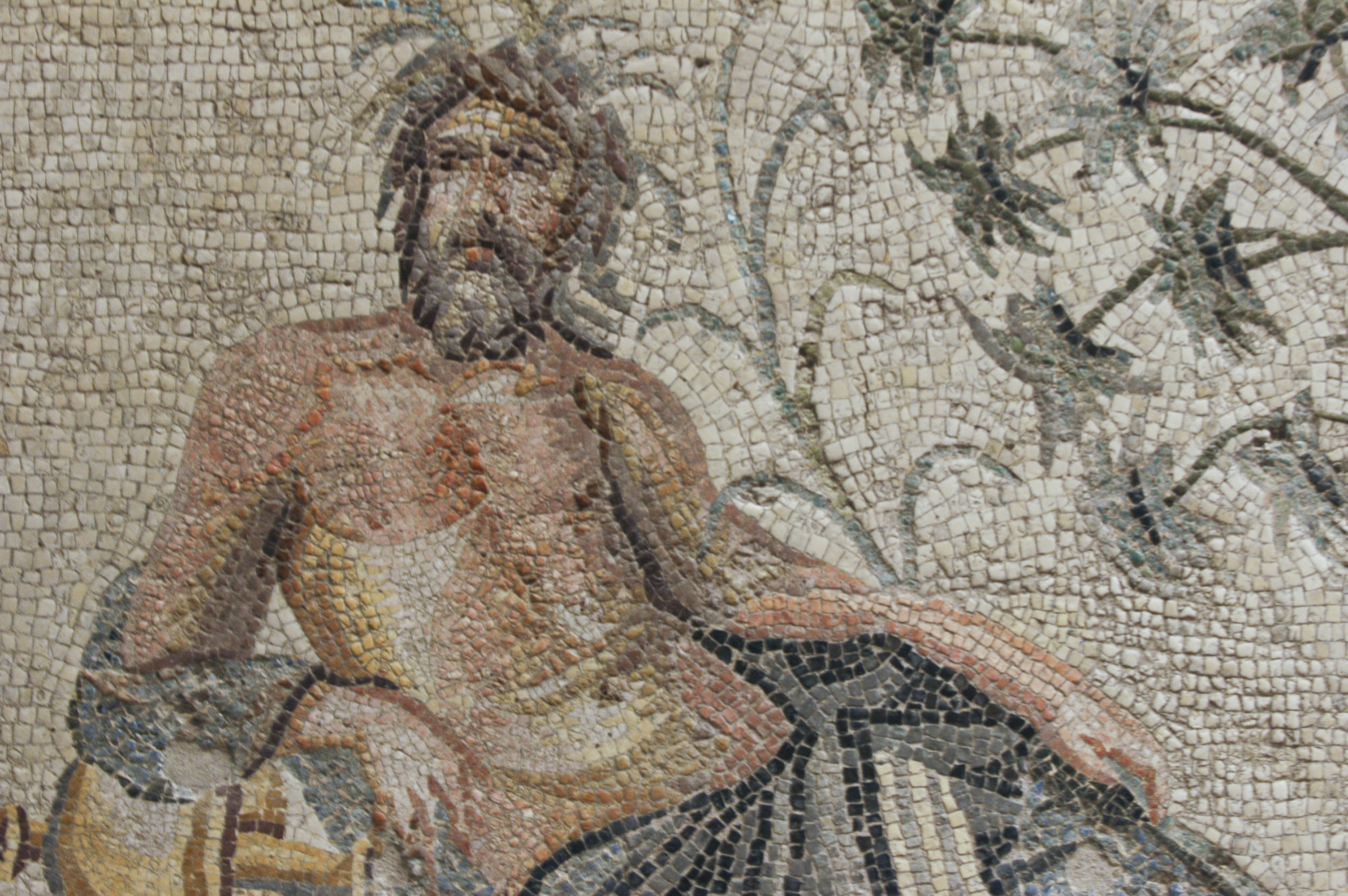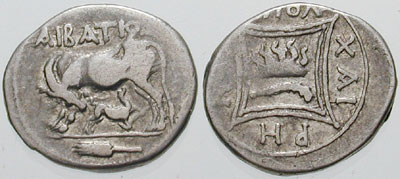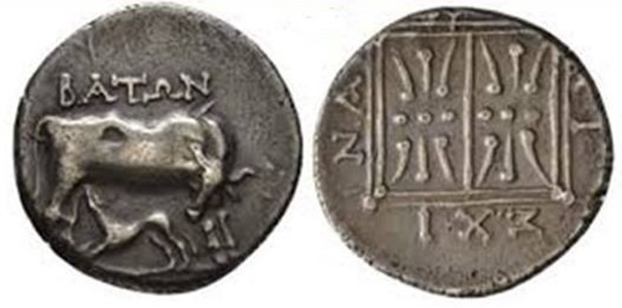|
Bindus (Illyrian God)
Bindus is a theonym attested in the territory of the Iapodes tribe. According to scholars, the name refers to a water deity worshipped by the Iapodes, since its name is attested next to Roman deity Neptune. Epigraphy The name is attested in epigraphic monuments found in Dardanian territory, dated to the 2nd century, near the rivers Ibër and Drin. At least 11 votive documents dedicated to the deity were found in Privilica, Bihac: * ''Bindo Neptuno sacrum'' * ''B do Neptuno sacr m' * ''(Bindo Nep)tuno'' * ''Bindo N tuno sa (um)'' * ''Bindo N(eptuno) s(acrum)'' * '' idi'' * ''Bi do'. Out of the available epigraphy, four were dedicated by indigenous Romanized elites (''praepositus''), dated to Flavian times, and two offered by soldiers (dated to 3rd century). A personal name ''Bindho'' was also found in a Noricum holy spring. Name and etymology Linguists have connected the theonym to Old Cornish ''banne'', Middle Cornish ''banna'' and Breton ''banne'' (all meaning 'drop ... [...More Info...] [...Related Items...] OR: [Wikipedia] [Google] [Baidu] |
Theonym
A theonym (from Greek (), 'god', attached to (), ) is a proper name of a deity. Theonymy, the study of divine proper names, is a branch of onomastics, the study of the etymology, history, and use of proper names. Theonymy helps develop an understanding of the function and societal views of particular gods and may help understand the origins of a society's language. Analysis of theonyms has been useful in understanding the connections of Indo-European languages and possibly their religion. In all languages, the analysis of the possible etymological origin of a theonym can serve as basis for theories of its historical origin. Metaphysical and mystical meanings are also discerned in theonyms, as in Kabbalah. Theonyms can also appear as all or part of a name for a human, animal, plant, thing or place. See also * -onym * Theo * Theology * Thealogy, similar origin as above, but female instead * God (word) * Names of God * Nomenclature * Onomastics Onomastics (or onomatolog ... [...More Info...] [...Related Items...] OR: [Wikipedia] [Google] [Baidu] |
Old Indic
The Indo-Aryan languages, or sometimes Indic languages, are a branch of the Indo-Iranian languages in the Indo-European language family. As of 2024, there are more than 1.5 billion speakers, primarily concentrated east of the Indus river in Bangladesh, Northern India, Eastern Pakistan, Sri Lanka, Maldives and Nepal. Moreover, apart from the Indian subcontinent, large immigrant and expatriate Indo-Aryan–speaking communities live in Northwestern Europe, Western Asia, North America, the Caribbean, Southeast Africa, Polynesia and Australia, along with several million speakers of Romani languages primarily concentrated in Southeastern Europe. There are over 200 known Indo-Aryan languages. Modern Indo-Aryan languages descend from Old Indo-Aryan languages such as early Vedic Sanskrit, through Middle Indo-Aryan languages (or Prakrits). The largest such languages in terms of first-speakers are Hindi–Urdu (),Standard Hindi first language: 260.3 million (2001), as second language: 1 ... [...More Info...] [...Related Items...] OR: [Wikipedia] [Google] [Baidu] |
Water Gods
A water deity is a deity in mythology associated with Water and religion, water or various Body of water, bodies of water. Water deities are common in mythology and were usually more important among civilizations in which the sea or ocean, or a great river was more important. Another important focus of worship of water deities has been springs or holy wells. As a form of animal worship, whales and snakes (hence dragons) have been regarded as godly deities throughout the world (as are other animals such as turtles, fish, crabs, and sharks). In Asian lore, whales and dragons sometimes have connections. Serpent (symbolism), Serpents are also common as a symbol or Snake worship, as serpentine deities, sharing many similarities with dragons. Africa Akan *Bosompo, primordial embodiment of the oceans *Abena Mansa, sea goddess associated with gold *Ashiakle, goddess of the treasures at the bottom of the ocean *Tano (Ta Kora), god of the Tano river *Bia, god of the Bia river *Birim ... [...More Info...] [...Related Items...] OR: [Wikipedia] [Google] [Baidu] |
Paleo-Balkan Mythology
Paleo-Balkan mythology is the group of religious beliefs held by Paleo-Balkan-speaking peoples in ancient times, including Illyrian, Thracian and Dacian mythologies. Horseman The horseman was a common Palaeo-Balkan hero. The original Palaeo-Balkan word for 'horseman' has been reconstructed as ''*Me(n)zana-'', with the root ''*me(n)za-'' 'horse'. It is based on evidence provided by: * Albanian: ''mëz'' or ''mâz'' 'foal', with the original meaning of 'horse' that underwent a later semantic shift 'horse' > 'foal' after the loan from Latin ''caballus'' into Albanian ''kalë'' 'horse'; the same root is also found in Albanian: ''mazrek'' ' horse breeder'; p. 45. * Messapic: ''menzanas'', appearing as an epithet in '' Zis Menzanas'', found in votive inscriptions, and in ''Iuppiter Menzanas'', mentioned in a passage written by Festus in relation to a Messapian horse sacrifice; * Romanian: ''mînz''; * Thracian: ΜΕΖΗΝΑ̣Ι ''mezēnai'', found in the inscription of the Duv ... [...More Info...] [...Related Items...] OR: [Wikipedia] [Google] [Baidu] |
Religion In Classical Antiquity
Religion is a range of social- cultural systems, including designated behaviors and practices, morals, beliefs, worldviews, texts, sanctified places, prophecies, ethics, or organizations, that generally relate humanity to supernatural, transcendental, and spiritual elements—although there is no scholarly consensus over what precisely constitutes a religion. It is an essentially contested concept. Different religions may or may not contain various elements ranging from the divine, sacredness, faith,Tillich, P. (1957) ''Dynamics of faith''. Harper Perennial; (p. 1). and a supernatural being or beings. The origin of religious belief is an open question, with possible explanations including awareness of individual death, a sense of community, and dreams. Religions have sacred histories, narratives, and mythologies, preserved in oral traditions, sacred texts, symbols, and holy places, that may attempt to explain the origin of life, the universe, and other phenomena. Relig ... [...More Info...] [...Related Items...] OR: [Wikipedia] [Google] [Baidu] |
Illyrian Gods
Illyrian religion refers to the religious beliefs and practices of the Illyrian peoples, a group of tribes who spoke the Illyrian languages and inhabited part of the western Balkan Peninsula from at least the 8th century BC until the 7th century AD. The available written sources are very tenuous. They consist largely of personal and place names, and a few glosses from Classical sources. Still insufficiently studied, the most numerous traces of religious practices of the pre-Roman era are those relating to religious symbolism. Symbols are depicted in every variety of ornament and reveal that the chief object of the prehistoric cult of the Illyrians was the Sun, worshipped in a widespread and complex religious system. The Illyrian Sun-deity is figuratively represented on Iron Age plaques as the god of the sky and lightning, also associated with the fire altar where he throws lightning bolts. Illyrian deities were mentioned in inscriptions on statues, monuments, and coins of the R ... [...More Info...] [...Related Items...] OR: [Wikipedia] [Google] [Baidu] |
Illyrian Religion
Illyrian religion refers to the religious beliefs and practices of the Illyrian peoples, a group of tribes who spoke the Illyrian languages and inhabited part of the western Balkan Peninsula from at least the 8th century BC until the 7th century AD. The available written sources are very tenuous. They consist largely of personal and place names, and a few glosses from Classical sources. Still insufficiently studied, the most numerous traces of religious practices of the pre-Roman era are those relating to religious symbolism. Symbols are depicted in every variety of ornament and reveal that the chief object of the prehistoric cult of the Illyrians was the Sun, worshipped in a widespread and complex religious system. The Illyrian Sun-deity is figuratively represented on Iron Age plaques as the god of the sky and lightning, also associated with the fire altar where he throws lightning bolts. Illyrian deities were mentioned in inscriptions on statues, monuments, and coins of the Rom ... [...More Info...] [...Related Items...] OR: [Wikipedia] [Google] [Baidu] |
Merman
A merman (: mermen; also merlad or merboy in youth), the male counterpart of the mythical female mermaid, is a legendary creature which is human from the waist up and fish-like from the waist down, but may assume normal human shape. Sometimes mermen are described as hideous and other times as handsome. Antiquity Perhaps the first recorded merman was the Assyrian-Babylonian sea-god Ea (Babylonian god), Ea (called Enki by the Sumerians), linked to the figure known to the Greeks as Oannes (mythology), Oannes. However, while some popular writers have equated Oannes of the Greek period to the god Ea (and to Dagon), Oannes was rather one of the ''apkallu'' servants to Ea. The ''apkallu'' have been described as "fish-men" in cuneiform texts, and if Berossus is to be believed, Oannes was indeed a being possessed of a fish head and man's head beneath, and both a fish tail and manlike legs. But Berossus was writing much later during the era of Greek rule, engaging in the "construction" o ... [...More Info...] [...Related Items...] OR: [Wikipedia] [Google] [Baidu] |
Aleksandar Stipčević
Aleksandar Stipčević (October 10, 1930 – September 1, 2015) was an Arbanas Croatian archeologist, bibliographer, librarian and historian of Albanian origin who specialized in the study of the Illyrians. He was born in the village of Arbanasi near Zadar, Croatia (then Zara, Kingdom of Italy), a member of the local Arbanasi community. From 1970 to 1973, in the capacity of a senior lecturer, as an external collaborator, he taught 'Introduction to Archaeology' at the Faculty of Philosophy in Pristina. He was a full professor at the University of Zagreb from 1987 until his retirement in 1997. He was a member of the Academy of Sciences and Arts of Kosovo. His 1974 book ''Iliri'' ("The Illyrians") has been translated into English, Italian and Albanian. He was awarded the Order of Skanderbeg by Albania. Works * ''Gli Iliri'' ("Illyrians"; 1966) * ''Arte degli Illiri'' ("The Illyrian Art"; 1963) * ''Iliri: povijest, život, kultura'' (1974) * ''Bibliografija antičke arheologije ... [...More Info...] [...Related Items...] OR: [Wikipedia] [Google] [Baidu] |
Spring Of Bandusium
Horace ''Odes'' 3.13 O fons Bandusiae splendidior vitro dulci digne mero non sine floribus, :cras donaberis haedo, ::cui frons turgida cornibus primis et venerem et proelia destinat; frustra: nam gelidos inficiet tibi :rubro sanguine rivos ::lascivi suboles gregis. te flagrantis atrox hora Caniculae nescit tangere, tu frigus amabile :fessis vomere tauris ::praebes et pecori vago. fies nobilium tu quoque fontium me dicente cavis impositam ilicem :saxis, unde loquaces ::lymphae desiliunt tuae. The Spring of Bandusium () is a natural water source in rural Italy, to which the Roman poet Horace addressed a well-known ode (Odes 3.13). The location is thought to be the site of poet's beloved Sabine farm in what is now the commune of Licenza. In the poem Horace promises to sacrifice a young goat to the spring and praises the spring's constancy in the hottest days of summer. The poem ends with Horace promising to immortalize the spring through his song. Location Recent scholarship sugg ... [...More Info...] [...Related Items...] OR: [Wikipedia] [Google] [Baidu] |
Bandua
Bandua was a theonym used to refer to a god or goddess worshipped in Iberia by Gallaeci and Lusitanians. Whether the name referred to a discrete deity or was an epithet applied to different deities is arguable. Epigraphy The deity's name is found, in epigraphy, with a series of epithets:Inventaire des divnités celtiques de l’Antiquité ''L’Arbre Celtique'' * ''Bandei Brialeacui'' ( Beira Baixa);. * ''Bandi Oilienaeco'' ( Beira Alta); * ''Bandi < ... [...More Info...] [...Related Items...] OR: [Wikipedia] [Google] [Baidu] |
Lusitanian Mythology
Lusitanian mythology is the mythology of the Lusitanians, an Indo-European languages, Indo-European speaking people of western Iberian Peninsula, Iberia, in what was then known as Lusitania. In present times, the territory comprises the central part of Portugal and small parts of Extremadura and Salamanca. Lusitanian deities heavily influenced all of the religious practices in western Iberia, including Gallaecia. Lusitanian beliefs and practices intermingled with those of Roman deities after Lusitanian War, Lusitania was conquered.Katia Maia-Bessa and Jean-Pierre Martin (1999) Recently, a Vasconic languages, Vasconian substrate is starting to be recognized. Deities Main pantheon Through the Gallaecian-Roman inscriptions, a great pantheon of Gallaecian deities begins to emerge, sharing cults with other Celts, Celtic or Celticized peoples in the Iberian Peninsula, such as Astur — especially the more Western — or Lusitanian, but also the Gauls and Britons among others. Howeve ... [...More Info...] [...Related Items...] OR: [Wikipedia] [Google] [Baidu] |





